All I got to do is to, to love you
All I got to be is, be happy
All it’s got to take is some warmth to make it blow away
That’s the chorus of George Harrison’s bubbly 1979 single “Blow Away,” an update of sorts to his Beatles hit “Here Comes the Sun.” At the close of the 1970s, the respite from the “long, cold, lonely winter” had become less assured. There is a pleading tone in Harrison’s voice as he sings “be happy” that infuses “Blow Away” with pathos. That, plus his cavernous stare in the otherwise goofy video, indicates that summiting Mount Everest might have been easier than the chorus’s stated goal. National Public Radio played a segment of this song at the conclusion of their coverage of Harrison’s death in 2001 and it left this listener with the impression of a sunflower snapped in the wind.
Of course, George Harrison, who would have turned eighty this year, did have many moments of undiluted joy in his life. Let’s not pretend that being the lead guitarist of the most successful rock band in history entailed a life of unremitting travail. But it’s fair to say that of the four Beatles, Harrison was the most attuned to, and wary of, the mania side of Beatlemania. And this reticence may, ironically, be a factor in Harrison’s having posthumously become a lot of peoples’ favorite Beatle. He is arguably the Beatle most appropriate to our current era of artifice and technological derangement — someone who was able to keep the “material world” at bay via an idiosyncratic blend of spiritual transcendence and working-class skepticism. He somehow never shed his identity as the bus driver’s son from Speke — even while living in a Gothic estate that uncannily resembled Hogwarts School of Witchcraft and Wizardry.
This is the Harrison that Philip Norman captures in his wonderful new biography, appropriately titled George Harrison: The Reluctant Beatle, of which I’ll have more to say in a moment. But any Harrison biographer faces a Sisyphean task, because that simple busman’s son was, in fact, the most complex of all Beatles; so much so that it may be impossible for a single book to encompass all of his facets.
It is equally impossible for an essay to do so, but let’s open big with the Almighty. Norman observes that many American critics welcomed Harrison’s deeply religious album Living in the Material World with rapturous praise (“miraculous in its radiance,” proclaimed Rolling Stone) whereas British reviews tended to echo New Musical Express’s Tony Tyler, who called it “so damned holy I could scream.” Decades later, Harrison’s posthumous biographers find themselves similarly divided, with the Americans — Joshua M. Greene and Gary Tillery — treating the subject of Harrison’s spiritual journey with reverence, while the Brits — Graeme Thomson and Norman — seem bemused by it. Perhaps no one is wrong here.
Woe to the writer who misses the comedic aspects of the circumstances that brought Harrison to God: first, getting involuntarily administered LSD by his dentist; then, becoming enraptured by the sitar music performed by Indian musicians during the Marx Brothers-style restaurant scene in Help!, the Beatles’ second feature film. These events, combined with a chance encounter with a wandering yogi in, of all places, the Bahamas, set Harrison muttering a cryptic phrase to himself: “Yogis of the Himalayas.” Being a Beatle, he had the means to track down actual Yogis in the actual Himalayas. Groundbreaking music ensued, almost as an afterthought.
Where Harrison’s faith journey ultimately led — Hinduism through the prism of the International Society for Krishna Consciousness — may have strained his relatability for some western fans, but listeners of diverse faith backgrounds had no trouble relating to the high-stakes struggle between material desire and spiritual transcendence that informed his music from there on out. This is “soul” music in the literal sense, western in its emotions, eastern in its symbols. The bone-deep sincerity of “My Sweet Lord”s “I really want to see you Lord, but it takes so long” resonates enough with most listeners that they’re willing to roll with the song’s closing namechecks of Brahma, Vishnu and Maheshwara. And the integration of these Hindu deities with earlier chants of “Hallelujah” drives home the Perennial Philosophy — the idea that the doors of Hinduism, Buddhism, Judaism, Christianity, Islam and their various offshoots all open to God. Not everyone buys into that notion, but Harrison’s beautiful slide-guitar work breaks down a lot of resistance.
Closely aligned with Harrison’s religiosity, and rarely covered in a depth commensurate with its role in his life, was his involvement with motorsports. In Here Comes the Sun: The Spiritual and Musical Journey of George Harrison, Joshua M. Greene describes a conversation on the subject between Harrison and a group of friends from the Hare Krishna movement. “Racing was dopey to a lot of people, George admitted, but good racing involved heightened awareness… As far as he could tell, the best drivers had had some sort of expansion of consciousness.”
The parallels between racing and mysticism may indeed sound dopey until one views the 2010 documentary Senna, a film as mesmerizing, suffused with portent and inhabiting of the twilight realm between material reality and spirit as any depiction of an Indian mystic. Harrison knew and was an admirer of the titular Ayrton Senna (a doomed, romanticized figure regarded in some quarters as Formula One’s greatest driver) and some of his most durable friendships were with the equally legendary drivers Jackie Stewart, Emerson Fittipaldi and Niki Lauda. Harrison had been introduced to racing by his father, and his passion for the sport went at least as far back as his interest in music. Over his lifetime, he may have spent more hours on the sidelines and in the pits at races all over the world than on pilgrimage to India. And as Greene’s anecdote implies, these two enthusiasms may have addressed the same yearning.
As we move from pure spirit to the union of spirit and material reality via fast and dangerous racecars, we lurch to the materially annoying (and spiritually dangerous) subject of taxes. In George Harrison: Behind the Locked Door, Graeme Thomson notes that Harrison “showed definite right-wing tendencies in several respects.” Lest we get carried away with that quote, it’s important to note that the only political outfit Harrison was ever on record as supporting was the Maharishi Mahesh Yogi-affiliated Natural Law Party, which was not an organization noted for its Thatcherite leanings. But Thomson is correct in that Harrison’s skepticism of government’s ability to do anything well, least of all put the money earned by its citizens toward salutary ends, informed his (admittedly inchoate) political outlook.
It is something of a double Harrison coup that the Beatles’ first topical song was his “Taxman,” which took unambiguous aim at the 95 percent “supertax” on high earners that had been instituted by Harold Wilson’s Labour government in the mid-1960s, and that this stridently libertarian anthem beat out all Lennon/McCartney contenders to secure the opening spot on Revolver — thus kicking off the psychedelic 60s with a capitalist howl. A subsequent tangle with American and British tax authorities over proceeds from Harrison’s Concert for Bangladesh that had been earmarked for time-sensitive humanitarian relief reaffirmed his curmudgeonly sentiments.
Perhaps the common factor tying these disparate threads together is Harrison’s working-class Liverpool upbringing, which Norman does a marvelous job of evoking. The post-LSD Harrison may have longed to soar in “the spiritual skies” (and he probably got further into that atmosphere than most of us mortals) but there was always a kite string mentally connecting him back to the house he had been born in on 12 Arnold Grove, a dwelling which had no indoor bathroom and only a single coal fire for heat. A person with that sort of origin is bound to have a low tolerance for waste and frivolity. This may explain why Harrison recoiled viscerally upon his visit to San Francisco’s much-vaunted Haight-Ashbury district during the peak of 1967’s “Summer of Love.” The hippies he encountered there “were not the Children of the Light he was expecting,” as Gary Tillery recounts in Working Class Mystic: A Spiritual Biography of George Harrison, “but dropouts, panhandlers, street people. They were slovenly, strung out on every kind of drug.” It also would not have been lost on Harrison that they hailed largely from privileged backgrounds. He gave up using LSD on the spot.
This awareness of where people came from, what they were attempting to be and what they manifestly weren’t, was ever-present in Harrison’s psyche. And Philip Norman captures that class consciousness vividly. He does not capture all of the elements noted above, probably because no one could, but he writes with a mix of affection, irreverence and whimsy that feels perfectly aligned with his subject. There is a lot of humor and tragedy in this life. I keep thinking of those haunted eyes in the “Blow Away” video: the world could weigh heavily on George Harrison, and he had a perverse tendency to increase the burden. But just at the moment we might get overwhelmed by his stare, the scene switches and he’s playing his guitar next to some kind of giant mechanical rubber ducky, flapping its wings and rolling its googly eyes up and down. That may be the essence of George.
This article was originally published in The Spectator’s November 2023 World edition.



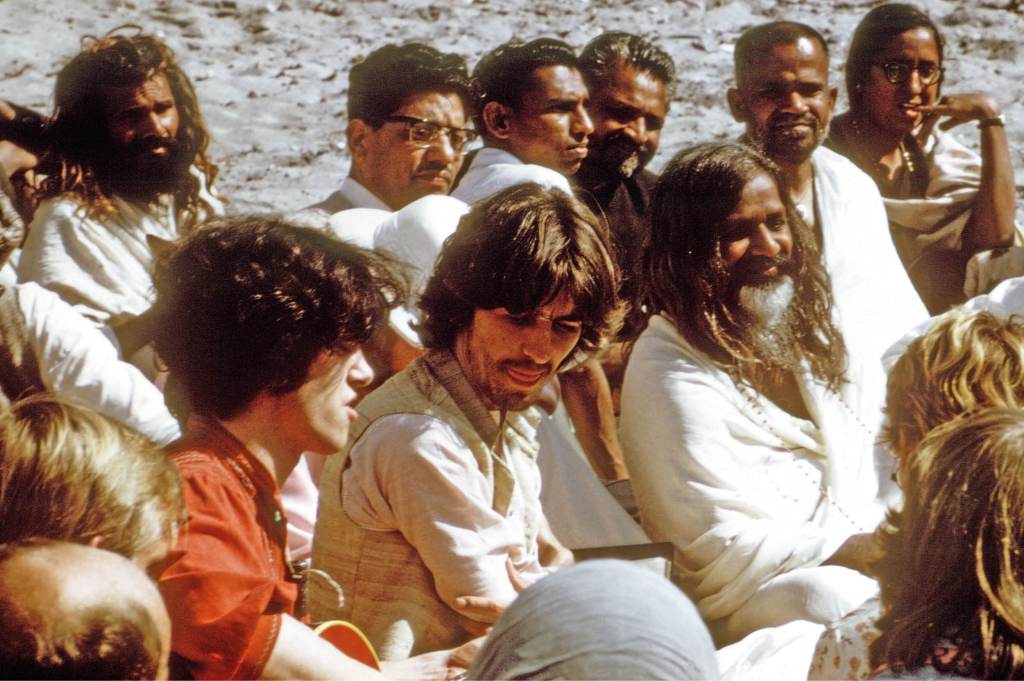






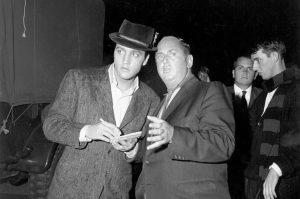
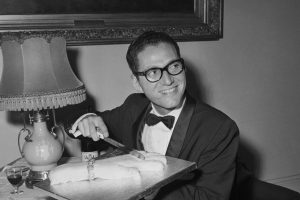

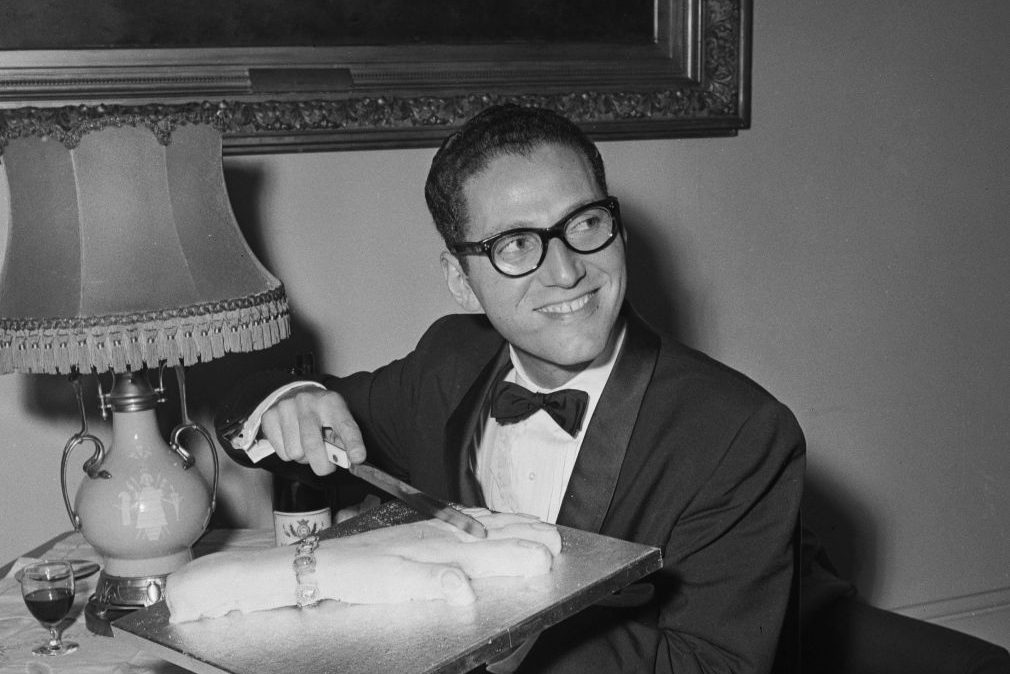

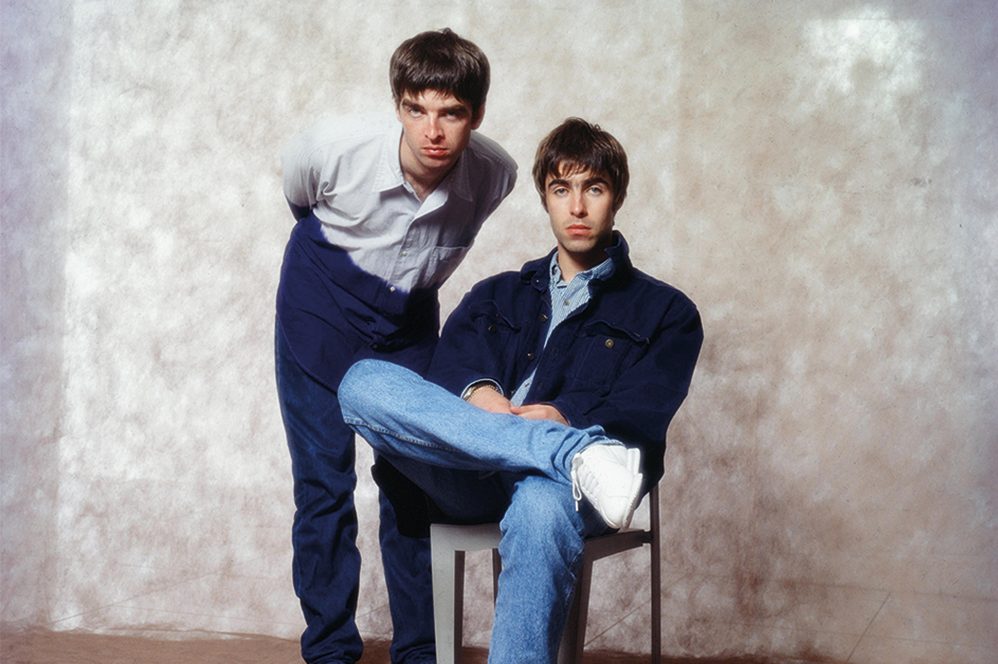
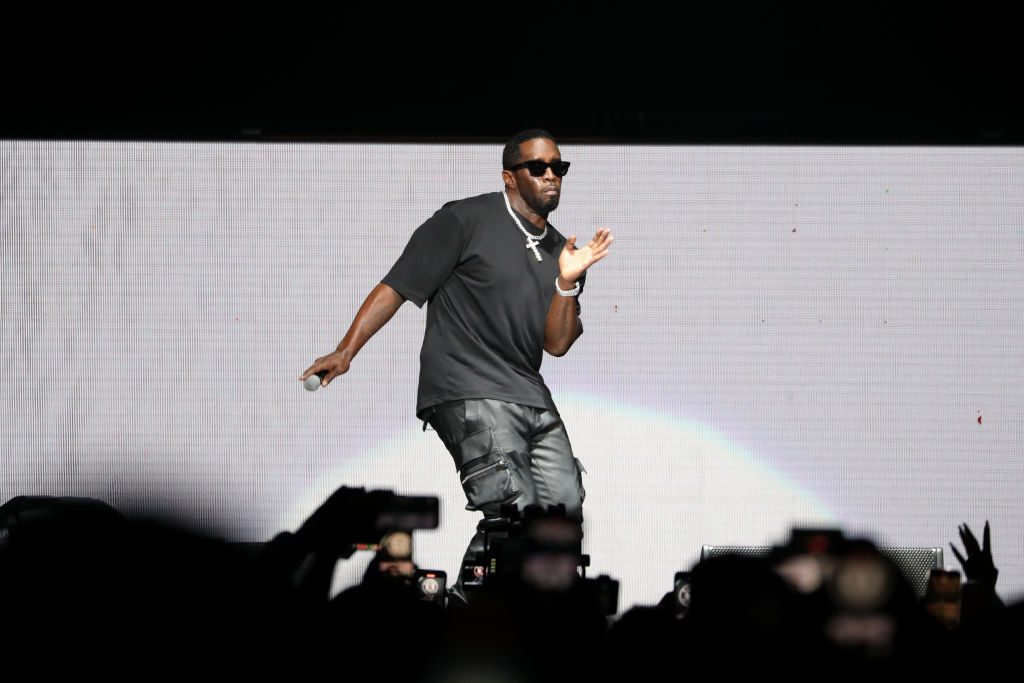
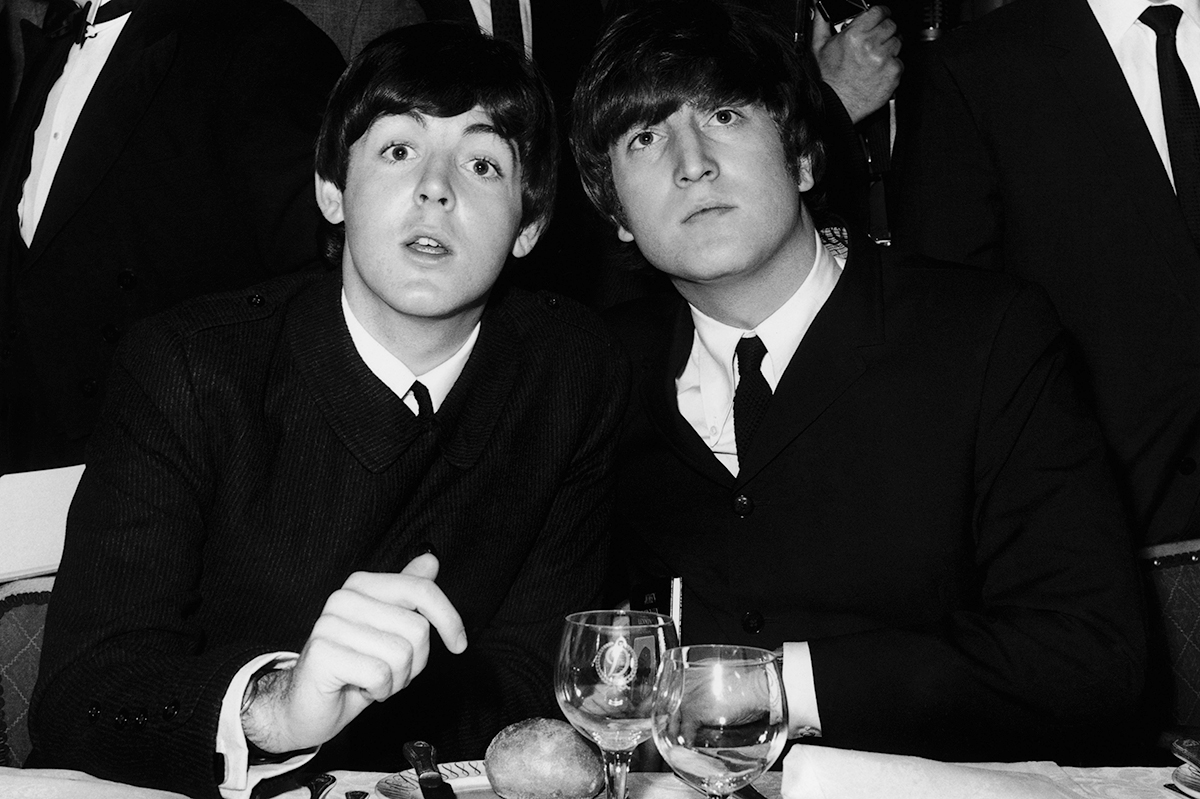
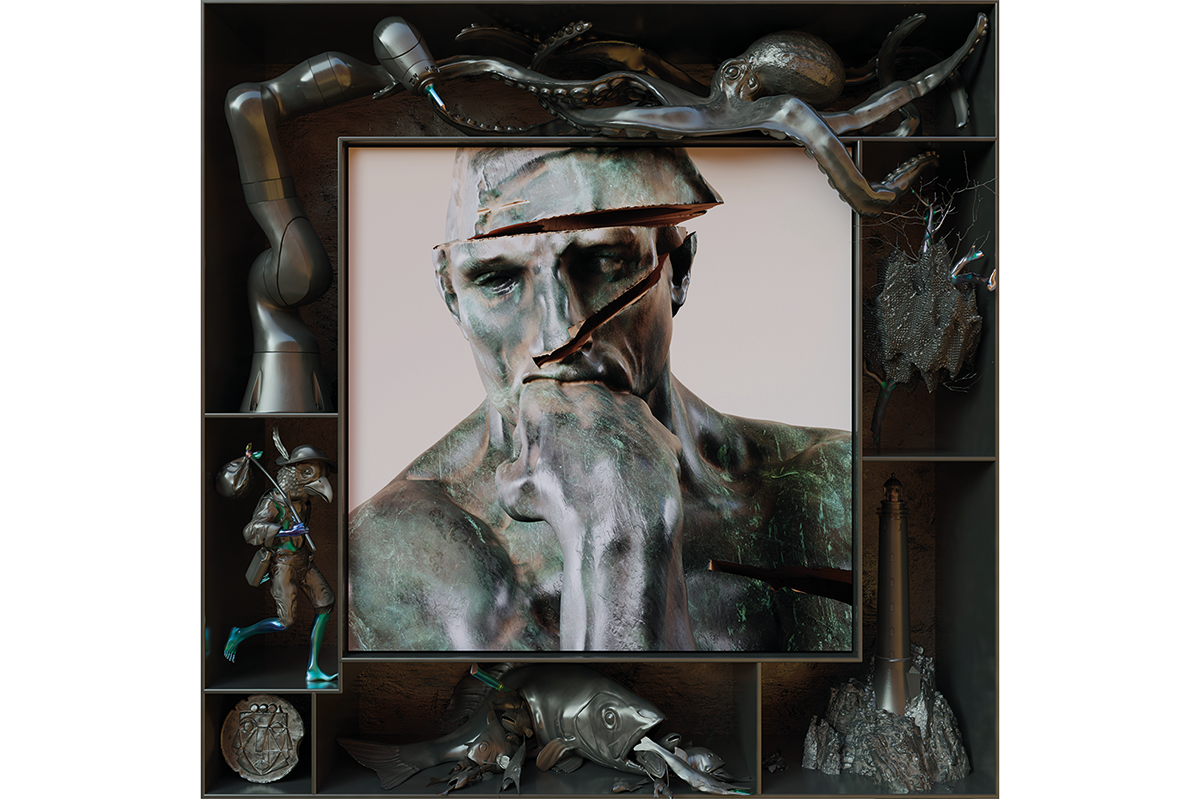







Leave a Reply